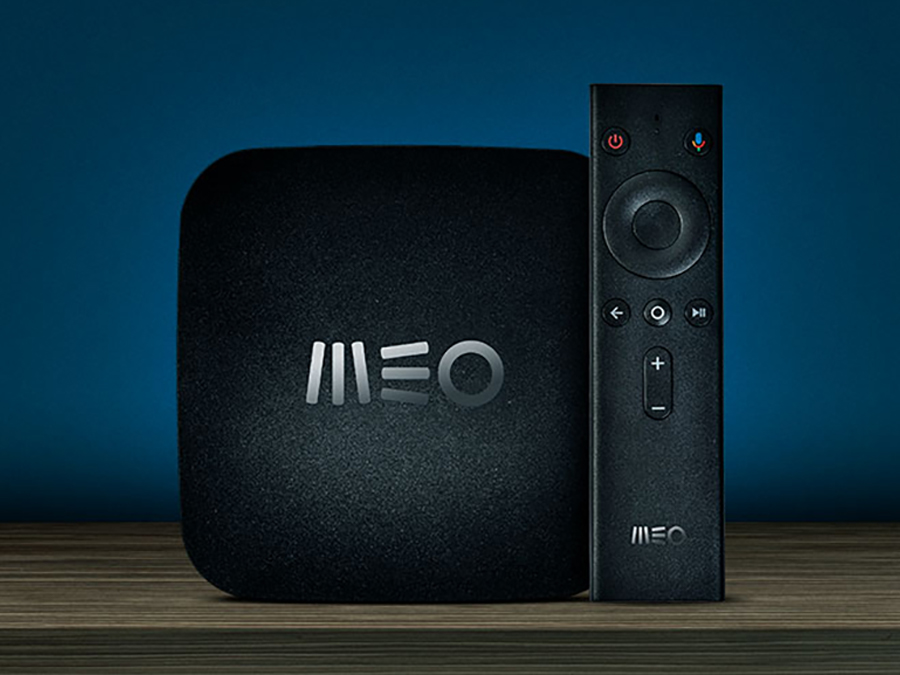 The number of fixed broadband accesses in Portugal stood at 4.4 million at the end of the third quarter.
The number of fixed broadband accesses in Portugal stood at 4.4 million at the end of the third quarter.
This, according to figures published by the regulator ANACOM, was 3.5% more than in the same period last year. FTTH was the main form of access, with a share of 62.8%, or 4pp more than a year earlier. FTTH was also the main growth driver, with the number of accesses increasing by 265,000 (+10.5%) in the year to September 30.
Accesses supported on cable TV networks decreased by 0.5% and represented 26.9% of the total (-1.1pp less than 12 months earlier). Fixed accesses supported on mobile networks decreased by 7.4% and accounted for 5.8% (-0.7pp). ADSL accesses maintained a downward trend, having fallen by 31.3%, replaced by new generation accesses. ADSL accounted for 4.4% of total accesses (-2.2pp).
ANACOM notes that at the end of the H1 2022, 87.4% of fixed broadband accesses were ultra-fast , with download speeds greater than or equal to 100 Mbps, or 4.2 pp more than in the previous year. In July 2021, Portugal was the fourth country in the European Union (EU27) with the highest proportion of accesses with download speeds equal to or greater than 100 Mbps. The increase in the proportion of ultra-fast broadband accesses occurred simultaneously with the development of FTTH and the introduction of DOCSIS 3.x in cable TV networks. These two types of networks were responsible for 68% and 30% of accesses with at least 100 Mbps, respectively.
Looking at the residential fixed broadband market, Meo accounted for 41.4% in Q3, followed by Grupo Nos with 30.6% and Vodafone with 24.4%. Nowo’s share was 1.8%. Compared to the same period last year, Vodafone was the provider whose share of traffic increased the most (+1.8 pp.), followed by Meo (+0.8 pp.) and Nowo (+0.2pp), while Grupo Nos’ share fell by 3.0 pp.